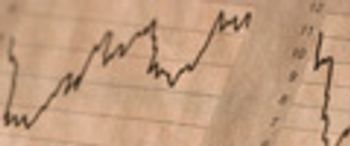
LCGC North America
The current final FDA guidance document discussing the revised scope and applicability of 21 CFR Part 11 clearly adopts a risk-based approach to Part 11 compliance. This is certainly a very pragmatic approach and one that many regulated firms had adopted even before the recent release of this document. This article will discuss the particulars of a risk-based approach to Part 11 compliance. The favored risk assessment protocols such as HACCP, FMEA and FMECA will also be addressed as well as how one can apply them to 21 CFR Part 11 compliance.






